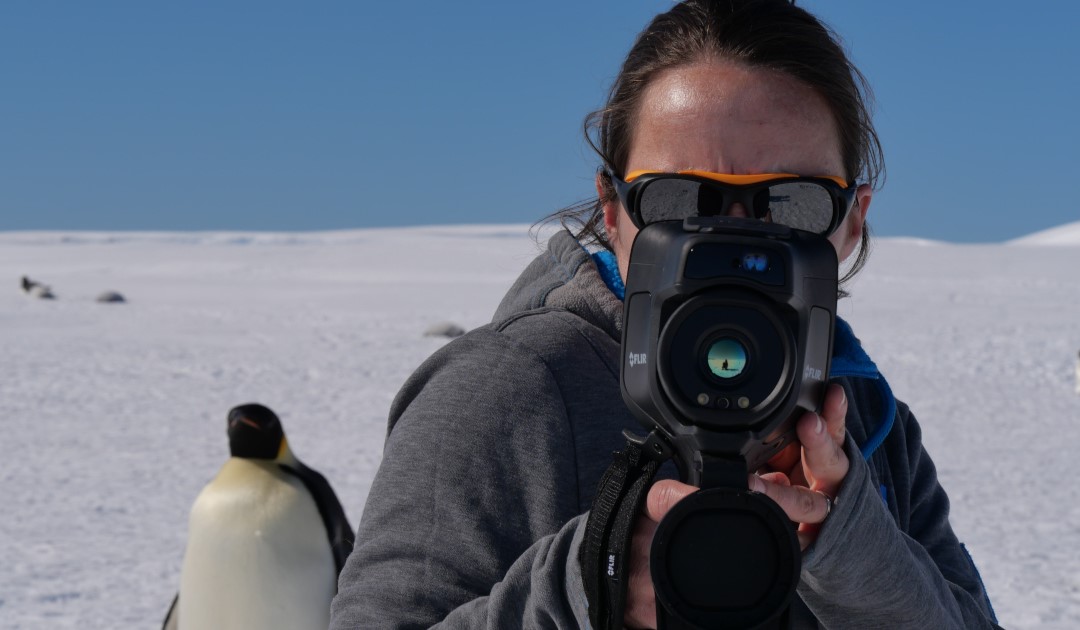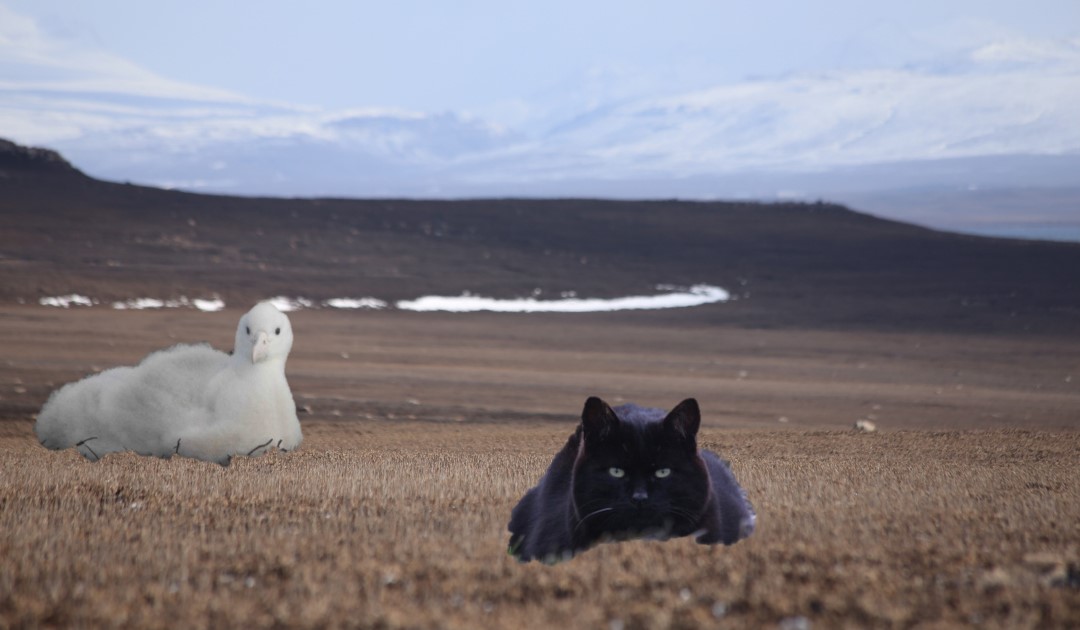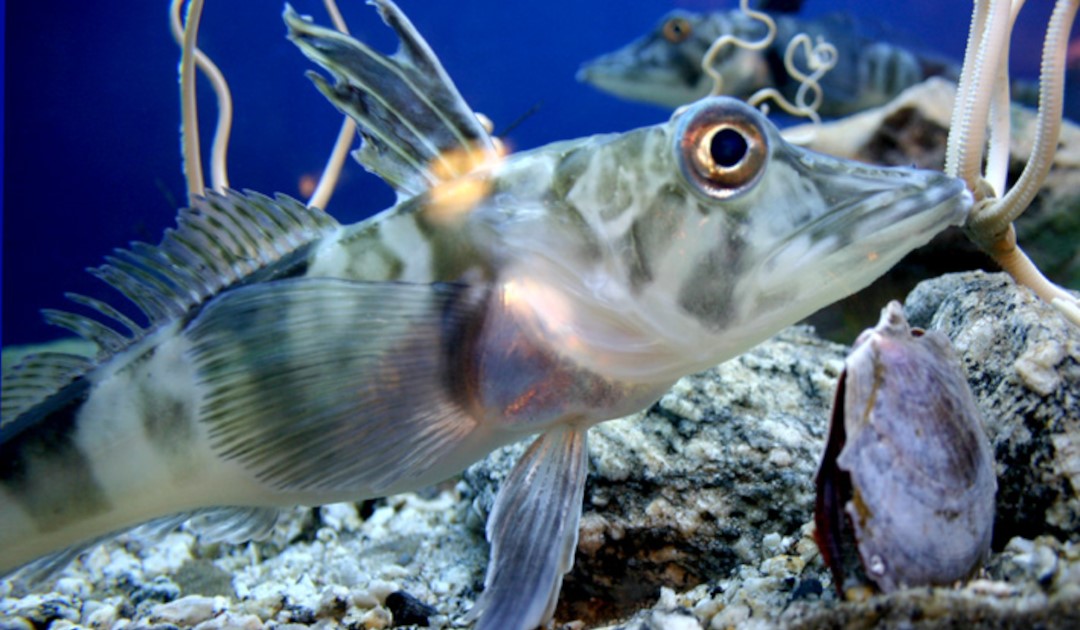
Signs of stress visible in the infrared
How can we distinguish between calls of recognition and those of distress in a dense penguin breeding colony? The answer lies in the infrared radiation of these animals.

How can we distinguish between calls of recognition and those of distress in a dense penguin breeding colony? The answer lies in the infrared radiation of these animals.

Using sound, images and artificial intelligence, researchers in Japan and Denmark are tracking changes in little auks in the Baffin Sea with the help of local communities.

Mammals introduced to islands benefit from the “surprise effect” on an evolutionary scale, causing the disappearance of many seabirds. On Kerguelen, hyperspecialized cats threaten the chicks of great albatrosses.

Since 2007, the Czech Antarctic Programme has made a number of discoveries on Antarctica.

First announced last spring of the southern hemisphere, highly pathogenic avian influenza HPAI is now affecting five of the 14 species tested in South Georgia. A few suspected cases near the Antarctic Peninsula suggest that the disease is still spreading.

Calories are needed to combat the cold, and the reindeer have to work so hard to store up energy for the winter that they have to sleep ruminating during the summer.

A beetle introduced to Kerguelen, Merizodus soledadinus, is so active that it is thought to be capable of eradicating the archipelago’s native flies. Scientists at the French Polar Institute have discovered that its predatory activity does not diminish as its population grows and its prey diminishes.

Plants and animals have to adapt year after year to an increasingly unpredictable spring, a new study shows.

Exceptional images of a species of octopus from the Cirrina order reveal some hidden talents of the Dumbo octopus living at the bottom of the Fram Strait in the Arctic Ocean.

The underwater ecosystem of the Svalbard archipelago has changed in appearance over the last 20 years, with one disturbance leading to another, each of which calls into question the balance of the ecosystem.

A review of the research on large Arctic maritime species shows that just a few species and just a few areas are getting most of the attention

In the terrestrial troughs of Kerguelen, watered by the numerous atmospheric lows, 6 species of aquatic plants benefit from the nutrients brought to the island by marine animals.

The ice fish Chionodraco hamatus has acquired the enormous ability to see beneath the ice with a photosensitive retina that captures the near infrared despite the surrounding cold: -1,9 °C.

One of them is more troubling than the other

Pre-historic Alaska appears to have experienced seasonal floods capable of overwhelming a grown dinosaur

Global warming won’t mean the end of algae in Canada’s Arctic, but it will change the species found there

The environment the bacteria live in is also found on Mars

The 12 whales were distributed to the community after they were shot by mistake

Scientists are testing a new way to protect people from polar bears — and vice versa